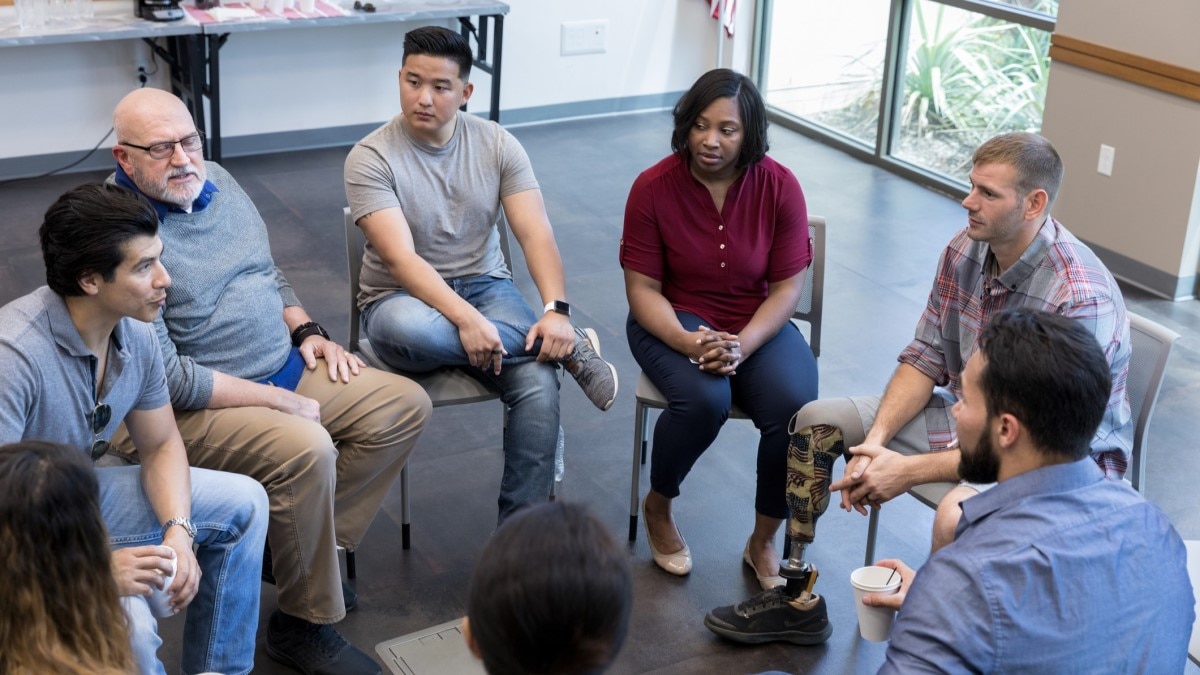At a glance
The Mississippi Comprehensive Cancer Control Program participated in a project to put promising or proven liver cancer prevention strategies into action.
Background
Liver cancer can be caused by long-term infections with hepatitis C virus (HCV) or hepatitis B virus (HBV). The opioid epidemic has increased the number of people who inject drugs. This may lead to an increased risk of HCV and HBV through use of shared equipment.1 These factors may contribute to the increase in liver cancer in the United States.2
Although the risk of developing liver cancer is low, surviving liver cancer is very hard. For every 100,000 people, 8 new liver and intrahepatic bile duct cancer cases are reported, and 7 people die of these diseases. This is according to 2019 data from United States Cancer Statistics.3
The Mississippi State Department of Health reported that opioid-related deaths accounted for 3 of 4 suspected overdose deaths in 2020.4 From 2013 to 2016, HCV prevalence was estimated to be about 1 in 100 adults, or about 23,500 people living with HCV in Mississippi.5 In addition, from 2015 to 2019, Mississippi was ranked 4th in the nation for liver cancer mortality, with a rate of 8.3 deaths per 100,000 people.6 These data highlight the burden of opioid abuse, HCV, and liver cancer in the state.
Mississippi takes action to prevent liver cancer
The Mississippi Comprehensive Cancer Control Program at the state health department participated in a CDC demonstration project to put promising or proven liver cancer prevention strategies into action. The goal was to reduce the incidence of HBV and HCV infections and opioid overdose and decrease liver cancer rates among people who inject drugs.
Demonstration project strategies for Mississippi
Provider education
Mississippi's cancer program partnered with the Communicare Haven House (Haven House) and Coastal Family Health Center, Inc. to:
- Create and distribute three infographics on HBV risk and vaccination and HCV risk and screening to educate health care providers about the link between the opioid crisis and increased rates of viral hepatitis and liver cancer.
- Create and distribute a brief highlighting state data on opioid use, viral hepatitis, and liver cancer.
- Collect data to track changes in knowledge, awareness, ability, and intent of participating providers to talk to their patients about HBV and HCV.
Patient education
Mississippi’s cancer program partnered with Haven House to:
- Distribute two infographics on HBV risk and vaccination and HCV risk and screening to educate residential patients at high risk about the link between the opioid crisis and increased rates of viral hepatitis and liver cancer.
- Conduct in-person educational sessions that included two videos about symptoms, risks, prevention, and treatment of HBV and HCV.
- Collect data to track changes in knowledge, awareness, ability, and intent of patients to be screened.
Project achievements
Provider education
- 300 providers were sent 3 infographics and a data brief in a series of 4 emails.
- 48 providers completed the pre-test and 53 providers completed the post-test. Significant improvements were identified in providers' intent to talk to patients about HBV and HCV (significance was assessed at P<0.05).
Patient education

- 2 in-person educational sessions were delivered.
- 41 patients participated in the sessions. Significant improvements were identified in patients' knowledge and awareness of HBV and HCV and in their intent to be screened (significance was assessed at P<0.05).
Lessons learned
- Getting providers to complete a pre-post assessment for the educational materials was challenging. It may help boost response rates to offer continuing medical education (CME) credits as an incentive, make completion of the assessment a requirement for receiving CME credits, and explain why the assessment is important.
- Patients showed interest in the information being shared during the educational sessions. Providing onsite HBV and HCV screening, vaccination, and treatment services after the sessions could be an effective strategy to reach people at high risk.
Materials available
Mississippi’s cancer program developed two resources as part of this demonstration project. Contact Mississippi’s cancer program to get a copy of these resources.
- Hepatitis C: What You Should Know
- Connecting Opioid Use, Viral Hepatitis & Liver Cancer Prevention Profile
- Centers for Disease Control and Prevention, Division of Viral Hepatitis. Viral hepatitis among people who use or inject drugs. Accessed July 24, 2024. www.cdc.gov/hepatitis/hcp/populations-settings/pwid.html
- A National Strategy for the Elimination of Hepatitis B and C: Phase Two Report. The National Academies of Sciences, Engineering, and Medicine; 2017.
- Cancer Statistics at a Glance. US Cancer Statistics Working Group. US Cancer Statistics Data Visualizations Tool, based on 2021 submission data (1999–2019): US Department of Health and Human Services, Centers for Disease Control and Prevention and National Cancer Institute. June 2022. Accessed June 30, 2022.
- Provisional Data Report, First Quarter 2022. The Mississippi Opioid and Heroin Data Collaborative; 2022. Accessed November 9, 2022.
- Bradley H, Hall EW, Rosenthal EM, Sullivan PS, Ryerson AB, Rosenberg ES. Hepatitis C virus prevalence in 50 U.S. states and D.C. by sex, birth cohort, and race: 2013–2016. Hepatol Commun. 2020;4(3):355–370.
- Death Rate Report by State, 2016–2020, Liver and Bile Duct. State Cancer Profiles. Centers for Disease Control and Prevention and National Cancer Institute. Accessed January 25, 2022.
